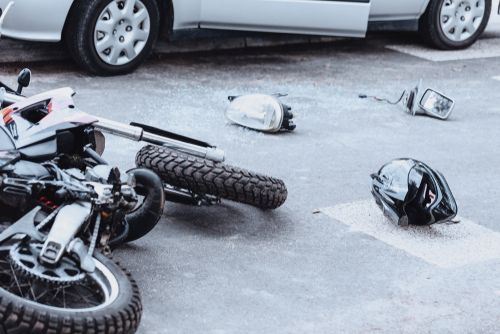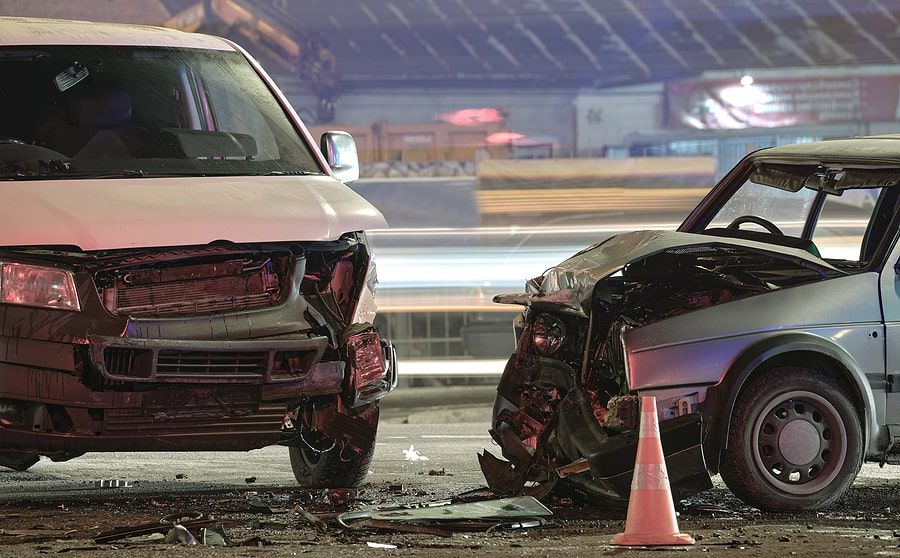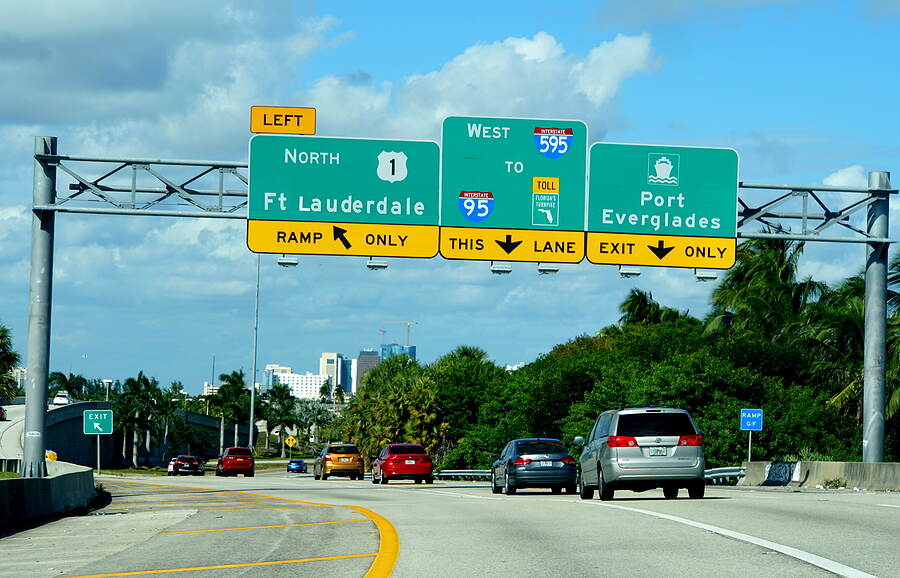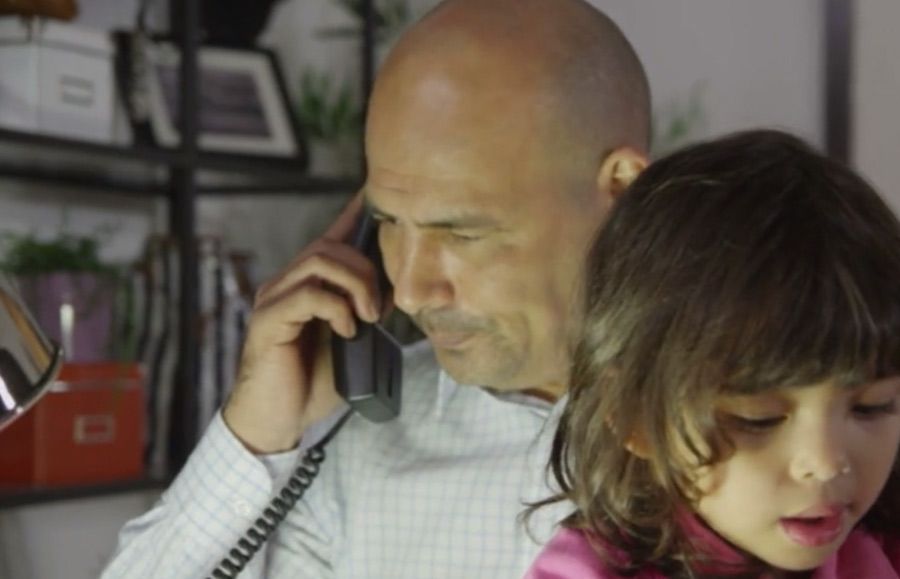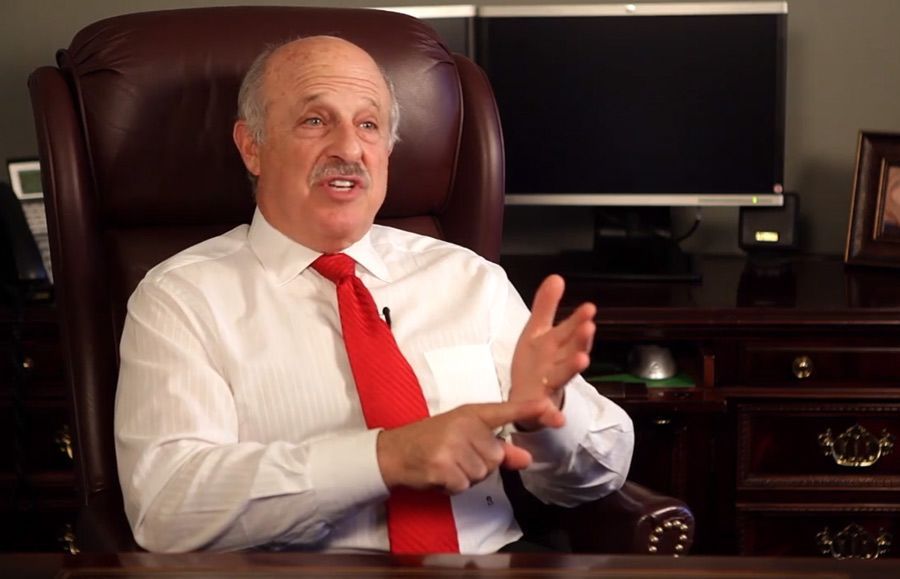 According to the National Highway Transportation Safety Administration, 13 out of every 100,000 cars are in fatal accidents. On the other hand, motorcycles have a fatality rate of 72 per 100,000. Motorcyclists are 27 times more likely to die in a crash per mile traveled and five times more likely to suffer an injury.
According to the National Highway Transportation Safety Administration, 13 out of every 100,000 cars are in fatal accidents. On the other hand, motorcycles have a fatality rate of 72 per 100,000. Motorcyclists are 27 times more likely to die in a crash per mile traveled and five times more likely to suffer an injury.
For a free legal consultation, call 516-451-7900
Wrongful Death Claims
If you lost a loved one in a motorcycle accident involving another person’s negligence or wrongful conduct, you can initiate a wrongful death suit to recover your damages. Wrongful death laws vary by state, and you want a wrongful death lawyer to evaluate your rights.
Who Can File?
The parties who can file a wrongful death suit are generally those who were closely related to the decedent.
These include:
- Children of the deceased party
- Parents of the deceased party
- The spouse of the deceased party
- The personal representative of the decedent’s estate
In general, siblings do not have a right to bring wrongful death lawsuits unless they are guardians of the surviving children or the estate’s personal representative.
The wrongful death case often accompanies a case for the pain and suffering the decedent experienced before death. New York, unlike many states, allows the decedent’s claims to survive death and transfer to the estate. The law distributes any recovery among the beneficiaries of the estate.
Click to contact our personal injury lawyers today
Who Can Benefit?
Although the personal representative of the decedent’s estate commonly files the wrongful death claim, the following parties will receive the benefits of the claim:
- Spouse
- Children
- Parents
- Children of the decedent’s parents, if no spouse, children, grandchildren of the decedent are available
These groups also receive benefits in a scheme that may award all or part of the recovery to the spouse or children only.
Complete a Free Case Evaluation form now
How Long Do I Have to File a Wrongful Death Claim?
For the estate’s cause of action, the personal representative must file within three years of the accident date or one year from the death, whichever is longer.
For the wrongful death claim belonging to the survivors, the statute of limitations is generally two years from the date of the death. However, if there is also a criminal proceeding against the same defendant, the personal representative has one year from the termination of the criminal proceeding to file the suit. If the only survivor is a minor child, the limitation period does not start until a guardian is appointed or the child becomes an adult, whichever is earliest.
What Are the Types of Damages for Wrongful Death?
Again, a wrongful death case usually consists of two causes of action, the wrongful death and a survivorship claim belonging to the estate. The estate can recover for the decedent’s pain and suffering before the death.
In the pain and suffering case, the personal representative must show that the decedent knew what was happening. That is, the decedent must have been conscious at some point after the accident. Pre-impact terror is also compensable if a lawyer can demonstrate the decedent was aware of the likelihood of injury or death.
The court will consider:
- Degree of decedent’s consciousness
- The severity of the pain suffered
- Decedent’s apprehension of impending death
- Duration of decedent’s suffering
In the separate wrongful death action, the decedent’s survivors seek compensation for their economic losses resulting from the death. The elements that your attorney must prove are:
- Death caused by the wrongful conduct of the defendant, giving rise to an action that might have been available to the decedent, if the decedent were still alive
- Survival by distributes who have suffered a monetary loss due to the death
- Appointment of a personal representatives
The damages to be awarded in the wrongful death case are solely for the decedent’s survivors, while the damages in the survivorship case go to the distributees of the decedent’s estate.
Compensation for a Wrongful Death from a Motorcycle Accident
In a wrongful death case, the survivors of the deceased may recover economic, non-economic, and, rarely, punitive damages.
Economic Damages – Usually easily provable by a paid invoice or a wage statement, economic damages include things like:
- Loss of the decedent’s earnings or income, compensating the survivors for the sudden gap in their overall income (the younger the decedent, the higher this number is likely to be)
- Loss of decedent’s services or support, compensating the survivors for household responsibilities, childcare, and other similar support
- Funeral or burial expenses, compensating the survivors for the sudden and unexpected expense of burying or cremating the decedent.
Non-Economic Damages – Compensation for the decedent’s pain and suffering usually comes from a survivorship action brought by the decedent’s estate. Other non-economic damages can include a loss of guidance when there are surviving minor children. These damages can be critical for “replacing” a parent.
Punitive Damages – These damages are extremely difficult to receive in most states, requiring a conscious indifference to the safety of others that reaches high enough to be virtually intentional.
There are no caps on these damages in states like New York, but other state laws might cap damages at a certain amount.
Typical Causes of Motorcycle Accidents
Most of the causes of motorcycle accidents are similar to those of other traffic accidents:
- Reckless Driving – Reckless driving unreasonably interferes with users of the roads or unreasonably endangers others using the roads. A violation is a misdemeanor.
- Speeding – The National Highway Traffic Safety Administration says that speeding causes one-third of fatal motorcycle accidents.
- Driving Under the Influence – Alcohol reduces judgment and reaction time. It also adversely impacts motor skills, decreasing the ability to steer and brake appropriately. Given the complete lack of protection similar to that of a car, a drunk motorcyclist is at very great risk of severe injury.
- Distracted Driving – Distracted driving is probably the fastest-growing cause of motor vehicle accidents in the United States today. Whether a driver is texting or using a handheld phone, that driver is not paying attention to driving and will be slow in reacting to any dangerous situation.
- Cars Making Left-Hand Turns – One of the most dangerous situations a motorcycle rider will ever encounter is when they are near a car making a left-hand turn. Surprisingly, 42 percent of fatal motorcycle crashes involving another vehicle see the other vehicle turning left while the cyclist was going straight through the intersection.
- Passing – Passing is another of those situations where the rider is in danger because the automobile driver simply does not see that the rider is there.
No matter how safe a motorcyclist might drive, others may violate the law or act negligently and collide with motorcycles. Motorcycle riders should remain vigilant, but this does not prevent accidents in many situations. Often, a motorcyclist does not have time to respond before a car or truck crashes into them, causing them serious injuries. These injuries can vary, but they are often life-changing for the motorcyclist.
Common Injuries in Motorcycle Accidents
Head and Neck Injuries, Including TBI – Even with a helmet on, an accident can throw the motorcycle rider to the pavement violently, slamming the rider’s brain against the inside of the skull. This sudden violent impact can tear and bruise brain tissues causing concussion or traumatic brain injury. Even seemingly “mild” brain trauma can result in potentially fatal complications, as the mild TBI designation relates only to the initial presentation of symptoms and not to the overall prognosis. TBIs that medical professionals deem mild can still be severe injuries resulting in serious and lasting effects and complications. If doctors diagnose you with a TBI, watch for any symptoms, complications, or lingering effects.
Leg Injuries – Leg injuries are a common injury in a motorcycle accident. While virtually never fatal, they can result in life-altering disabilities.
Road Rash – Not just a simple scrape, road rash results from the motorcycle driver’s body dragging along the payment after an accident knocks them off the bike. Far more severe than a simple scrape, road rash can remove several layers of skin, potentially exposing muscle or bone.
Biker’s Arm – Because of the instinct to protect oneself when falling, motorcycle riders thrown from their bikes in an accident often end up with biker’s arm. Biker’s arm is a category of injuries to the nerves of the upper arm that happens when the rider tries to brace themselves for a fall. The injury causes nerve damage and can involve the nerves that branch off from the neck, the median, radial, and ulnar nerves.
Biker’s arm may not immediately appear, but if you lay down with your bike and use your arm for a brace, you may have biker’s arm if you experience:
- Unusual sensations/tingling through the arm, hand, and fingers.
- Arm paralysis.
- Ability to use your arm, but not your hand and fingers.
- Use of your hand and fingers, but lack of feeling in the upper arm and shoulder.
- Numbness in your arms, hands, or fingers.
Neglecting the biker’s arm syndrome can result in permanent nerve damage and loss of motor function in the injured arm.
Muscle Damage – Because motorcycle riders have so little protection, muscle damage can occur anywhere in the body. These injuries can lead to permanent paralysis.
Many of these injuries can heal with medical treatment, and others leave motorcycle accident victims with permanent disabilities. In the worst cases, motorcycle crashes result in fatal injuries.
Sometimes, authorities will declare a victim deceased at the accident scene. Other people fight for their lives in the ICU for days or weeks before succumbing to injuries. In either case, families of deceased motorcyclists should learn about their rights by contacting a motorcycle accident lawyer right away.
What a Motorcycle Accident Attorney Can Do for You?
You have a short window for filing the wrongful death case when you’ve lost a loved one in a motorcycle accident. You also face a complicated pair of laws with some damages under the survivorship case and some under wrongful death. Worse of all, you face insurance company lawyers and adjusters who will be trying to get you to accept the lowest possible settlement for your case.
Despite the lovely warm, friendly people you see in insurance company commercials, with slogans that indicate how much they care for you, insurance companies are, in the end, money-making enterprises. They make money by taking in premium dollars while at the same time paying out the fewest possible benefit dollars. For this reason, the tactic of the insurance company, from the moment they become aware of the accident to the moment their treasurer signs your settlement check, is to make that check as small as it can be.
Insurance company lawyers try to bully grieving people into accepting lowball settlement offers for their claims. They know that you’re under emotional distress and that money isn’t coming in like it used to. They hope to use that to get you to accept a lowball offer in settlement.
An experienced and knowledgeable motorcycle attorney can serve as your champion against insurance companies.
They will:
- Prepare and file the initial claim with all necessary insurance companies (there might be more than one)
- Calculate the value of your family’s wrongful death damages
- Provide evidence to support the policyholder’s liability for the crash, as well as the damages you claim
- Negotiate with adjusters to obtain a fair settlement
- Advise you whether or not a settlement is fair
Your wrongful death attorney will handle every step of the legal process for you. With the right lawyer in your corner, your family can focus on the grieving process and picking up the pieces at home after your tragic loss.
